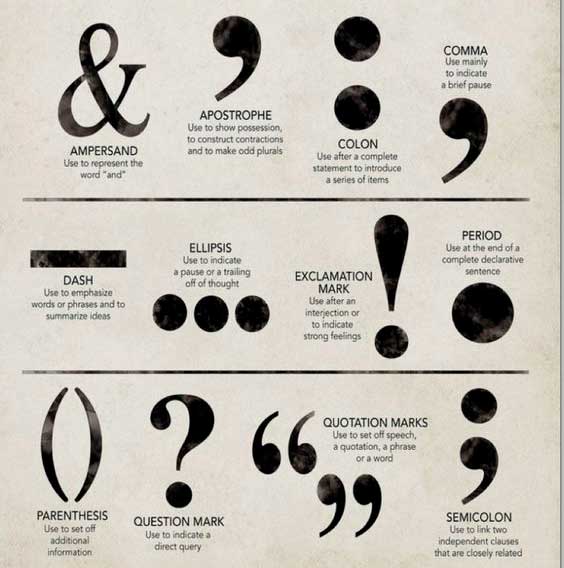Punctuation seems less critical than correct spelling, clarity, or brevity of your CV. However, commas, hyphens, and slashes are as vital as bullets and font size. These details make your resume look professional and readable.
When you ask, “Do you use periods on a resume?” the answer is “Yes.” But should you use periods in bullets, summary sections, or dates? Read on to know the answers.
How do you write periods on a resume?

Writing periods on a resume is required in some cases, while in others, you’d better omit them. Below, we’ll explore both situations in more detail. This way, you’ll craft readable and appealing resumes that might help you land an interview.
Where periods are necessary
Let’s check when writing periods in resumes is essential or desired. Put them:
At the ends of sentences in the Summary
Every sentence must end with a period, question mark, or exclamation point. And, since Summary is the only resume section that consists of 3-5 declarative sentences, periods here are compulsory.
Also, ensure to leave one space after each point, not two. However, most modern text-processing software automatically eliminates double spaces after the sentence-concluding mark.
When writing your email and website addresses
You won’t do without little dots when mentioning web pages of your previous employers or your own website. That “dot com” appears in every web address and is essential. The same is true for email addresses.
Though Google claims that dots aren’t critical on the left of the “@” sign, other domains may have stricter rules. And, of course, the domain part coming after the “at” symbol requires a dot.
In dates and numbers
The separators between the day, month, and year in date can be dashes, slashes, or periods. While Americans use slashes, Europeans prefer dots.
So, once your potential employer is from Europe, use dots. Or adjust the date format to “Sep 2023” to avoid ambiguity. Sometimes, you’ll also use points to separate decimals in percentages or other numeric performance indicators.
In the file name
The name of your CV file makes it well-searchable. Your text editor will automatically add a period to isolate its extension type (docx or pdf).
But you can also use periods and underscores to separate your last and first names, file title, and date. For instance, JonesM.CV.2023 or
Michael.Jones_Resume_09.2023.
Avoid writing periods in these cases

Your CV will look overloaded once you write periods in the following several cases. Moreover, using them will go against the punctuation rules.
At the end of a bullet point
You should use bullet points to describe your skills or professional experience. Use 5-7 for the last place of work and up to 5 for all the preceding ones.
You’ll need to start each bullet point with a capital letter, but you shouldn’t end it with a period. That’s because each bullet point on your CV should be a fragment, not a completed sentence.
After headings and subheadings
Just like in academic writing, you shouldn’t finish your resume’s title and section headings with periods.
So, when you write “Resume” or “Curriculum Vitae,” “Career Profile” or “Work Experience,” “Skills,” “Education,” and “Additional Information”, never put periods.
By the way, this rule works not only for titles that are nouns or noun phrases, like in your CV — the same appeals to headings that are grammatical sentences.
After job titles and company names
Ideally, the Work Experience section of your resume will consist of several subsections. In them, the company name and dates of employment should follow your job role. And you need to write each element with a new line.
This format will allow HR tools to scan the document and find relevant keywords. However, such data representation is even more critical for recruiters who can quickly skim the CV to assess your previous roles.
This way, you have a set of titles and subtitles which don’t need to be followed by periods.
Punctuation tips on crafting your resume

Let’s check a few common punctuation mistakes for you to avoid them.
Capitalization
“One thing I frequently notice and fix while editing resumes is words that are capitalized even though they really should be lowercase,” says Leto Papadopoulos, a talent management professional.
So here’s a list of the elements you should capitalize in your CV:
- Bullets
- Job titles at the beginning of each section
- Company names
- Institutions
- Degrees
- States and cities
- Software instruments.
These items go in lowercase:
- Job titles and roles in bullet points
- Departments
- Industries.
You can write your name and section headings in all caps to highlight them.
Colons, commas, and semicolons
You would use colons in a resume before listing responsibilities, skills, achievements, certificates, etc. You’ll also need commas to separate them, but then the text won’t be skimmable.
Recruiters can miss critical characteristics in long sentences. So, we’d recommend using subheadings and bullet points instead of colons and commas.
Also, avoid semicolons in your CV which split two slightly relevant clauses or serve as “additional” commas. Long sentences will overload your resume.
Hyphens and dashes
You may need hyphens for compound adjectives that describe your skills and characteristics. For instance, “hard-working” or “detail-oriented” traits may go to your soft skills.
Hyphens can also separate days, months, and years in dates formatted with ISO 8601 (2023-09-29).
You would use the shorter dash for date ranges and leave no spaces around this symbol. For example, your employment periods will be January–September 2023 or Feb 2020–Mar 2023.
A few words about fonts
Though your CV’s fonts don’t relate to punctuation, they impact reading comprehension. So recruiters recommend using a maximum of two font styles — for headings and the main text.
Though ideally, your resume should be one page long, don’t try to fit this format by decreasing fonts. The optimal font sizes are 11- and 12-point, while the Times New Roman and Calibri styles work best.
Final words
A well-crafted resume is your ticket to an interview. After adjusting your CV to the potential employer’s requirements, you must polish its format and punctuation.
What punctuation do you use in a resume? Don’t put periods after bullet points; avoid colons, commas, and semicolons; use 11-12-point fonts. These are only a few recommendations that will let your CV shine.

